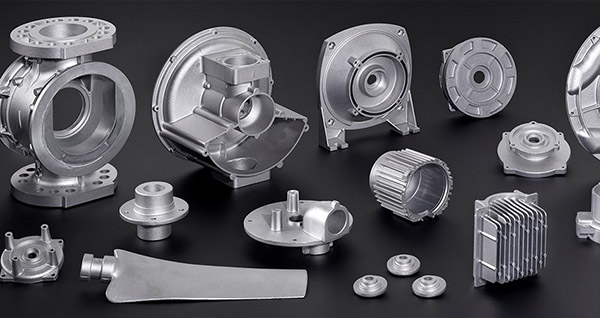The Precision Craft of Diecasting: Revolutionizing Manufacturing
The Precision Craft of Diecasting: Revolutionizing Manufacturing
Blog Article
Diecasting is an essential manufacturing technique that requires forcing the molten metal to a mold cavity with intense pressure. This technique is renowned because of its capacity to make complicated shapes and designs with an extremely high level of precision and repeatability. That makes it essential in a variety of sectors. From automotive and aerospace to consumer electronics and household appliances diecasting plays a significant function in the creation of parts that are in line with the highest requirements for performance and quality. This article explores the intricacies of diecasting. It will also discuss its advantages, processes and applications.
The process of diecasting starts with the design of the mold, or a die, which is constructed of steel hardened that can withstand extreme pressure and temperatures. Once the mold is prepared, metal alloys such as aluminum, zinc, magnesium or copper are heated up until they are melted. The molten metal then gets put into the mold under the highest pressure to ensure it fills all parts of the mold, which includes detailed sections and walls that are thin. The pressure is maintained until the material has solidified, at which point the die is reopened, and the part that has been formed is then ejected. The high pressure method guarantees that the final product is precise without the need for any additional finishing or machining.
One of the main benefits of diecasting is the ability to make parts with superior quality and precision and smooth surface finishes. Diecasting with high pressure ensures the molten metal conforms precisely to the mold, which results in parts that require minimal removal or finishing. This accuracy is particularly useful in the production of complex geometries as well as thin-walled sections that would be challenging or impossible to achieve through other manufacturing techniques. Furthermore, the process can create parts with tight tolerances and excellent repeatability, making it the ideal choice for production in mass quantities. The efficiency of the process will also lead to savings in costs since the high rate of production reduces labor costs and material waste.
Diecasting also offers considerable benefits in terms of mechanical properties as well as performance. Parts made by diecasting are renowned for their durability and strength, which are essential characteristics for components used in challenging applications. Fine-grain formation that occurs when the metal is rapidly cooled metal is a key factor in these excellent properties, which make diecast products suitable to be used for high-stress conditions. Furthermore, the process of diecasting permits the integration of thin walls as well as complex features without compromising the integrity of the product. This capability is particularly advantageous in the automotive and aerospace sectors, where cutting down on weight but maintaining strength in the structure is essential to improve the efficiency of fuel and overall performance. To receive extra information please view publisher site
The materials you choose for diecasting can significantly affect the physical properties and the performance of the finished product. Aluminum is the most popular material because of its superior strength-to-weight ratio, corrosion resistance as well as its electrical and thermal conductivity. Aluminum's properties make it ideal for aerospace and automotive applications where weight reduction is crucial. Zinc alloys provide high strength and ductility. This makes them appropriate for products that need fine detail and long-lasting. Magnesium alloys are among the lightest structural metals and offer benefits in situations where weight reduction is crucial. Copper alloys, although used less frequently, are valued for their superior electrical conductivity and durability to corrosion. Each alloy has distinct advantages which allow companies to pick the most suitable option to meet the application they are looking for.
Diecasting is a zenith of technology for manufacturing, providing a blend of precision, efficacy, and flexibility that's unmatched by other methods. The ability to create complicated, high-end parts that possess exceptional mechanical properties makes it a vital component in various industries, from automotive to consumer electronics. Efficiency and cost savings that diecasting offers underscore its value in high-volume production, while its adaptability guarantees that it is able to accommodate the ever-changing demands of modern manufacturing. In the midst of industries pushing limits of innovation as well as performance, diecasting will remain an important tool helping to advance technology and facilitate the development of new products that shape our world.